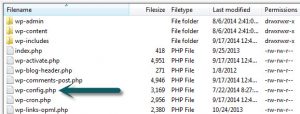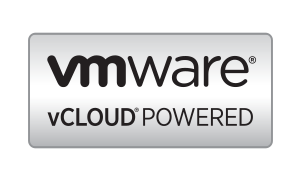If you have accidentally changed the WordPress Site address in General Settings and now cannot access your site, this post is for you.
Using FTP, open up the wp-config.php file found in the root of your website files, edit it with a notepad program,

and paste these lines (with your site name) into it after the initial commenting:
define('WP_HOME', 'http://sitename.com');
define('WP_SITEURL', 'http://sitename.com');
Thats it! It will essentially hard code the two URLs into WordPress so it can no longer be changed via the UI.
Special Thanks: Blake Imeson




 To resolve this issue manually, follow these steps:
To resolve this issue manually, follow these steps: